The Shanghai Grand Opera House is steadily taking shape and bringing anticipation in its wake as it’s set to become one of Sanghai’s most iconic landmarks by late 2025. Commissioned in 2017 after winning an international design competition, Snøhetta worked in collaboration with East China Architectural Design & Research Institute (ECADI), Theatre Projects, and Nagata Acoustics to create this major landmark for diverse cultural and artistic performances. Once the main structure and enclosure are complete, work will progress towards the interior and landscape.

This project is a culmination of Snøhetta’s competence and insight gained through projects such as the Norwegian National Opera and Ballet, the Busan Opera House in South Korea, the Isabel Bader Centre for the Performing Arts in Canada, and the Théâtre Nanterre-Amandiers renovation in Paris.
A New Cultural Landmark
The new Opera House is an important part of a new urban master plan for Shanghai that aims to place the city at the forefront of the globe economically, scientifically, and culturally. The Opera House is expected to become one of the major cultural landmarks of Shanghai – the country’s 13th Five-Year Plan names it as the most important initiative to strengthen Shanghai’s cultural and global influence.
The new Opera House will be built in the Expo Houtan neighborhood, located at the convex bank in the riverside area near Huangpu River. The neighborhood, which will have an ecological and low-carbon profile, emphasizes the Opera’s mission of being a public and open venue. The radial layout of the surrounding landscapes harmonizes with the overall geometry of the Opera building, ensuring key view paths from both the Opera to the city, and from the city to the Opera.
Designed to bring artists and the public under a shared roof, the sweeping form of the new Opera House connotes movement. The helical roof surface evokes an unfolding fan, capturing the dynamism of dance and the human body. Generating both surface and space, the radial movements of the roof form a spiraling staircase that connects ground and sky while creating views towards the city and the Huangpu river banks.
The spiraling, fanning motions extend throughout the project into the lobby, the halls, and the three auditoriums. The Opera House’s visual identity also references the same movements, with the new, clean logo characterized by a highly recognizable open fan pattern.
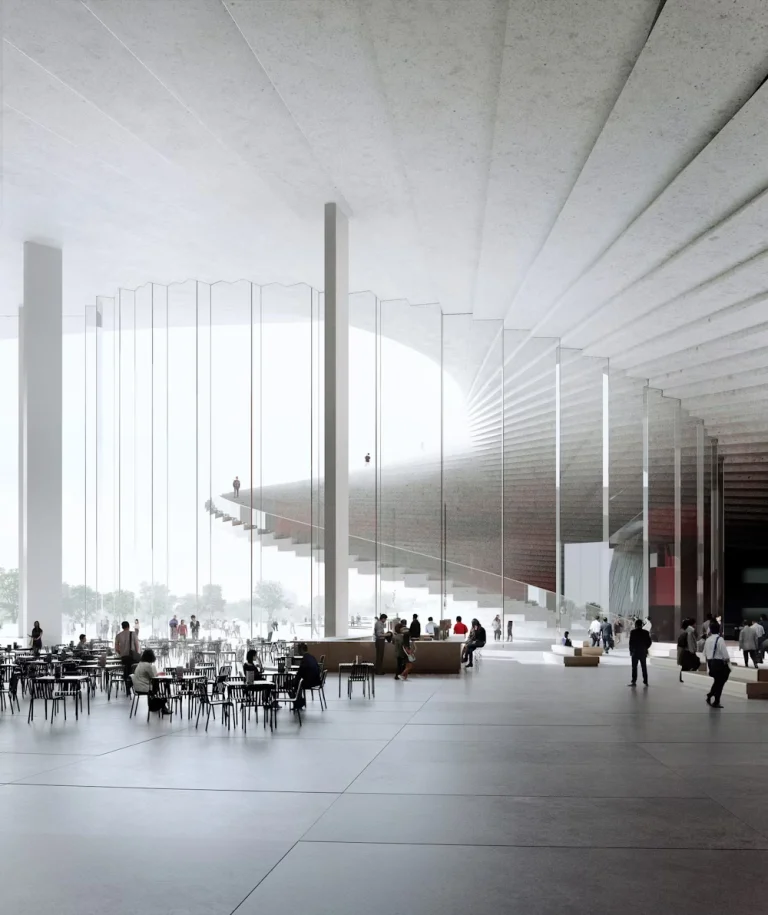
The Opera will feature three auditoriums, a rooftop stage, and a plaza. The spiraling, fanning motions extend throughout the project into the lobby, the halls, and the three auditoriums. The Opera House’s visual identity also references the same movements, with the new, clean logo characterized by a highly recognizable open fan pattern.
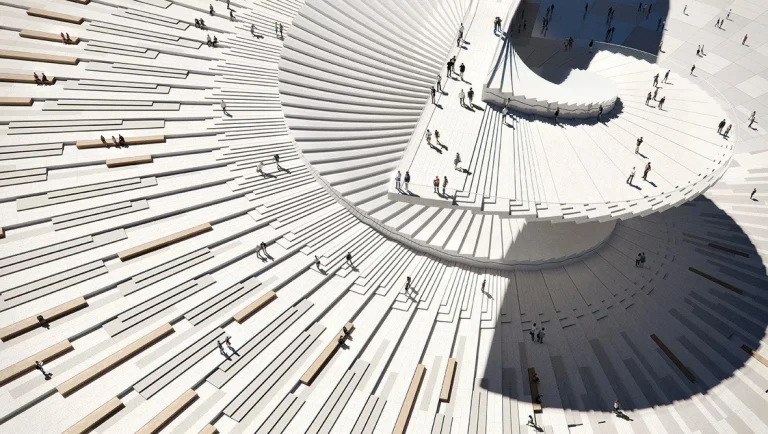
The rooftop stage is set to become a vibrant gathering for all where community and individuality are celebrated. The visitors can come together for grand performances or to simply experience the Opera as their own. The plaza will be open 24 hours a day, 365 days a year, fostering a sense of public ownership.
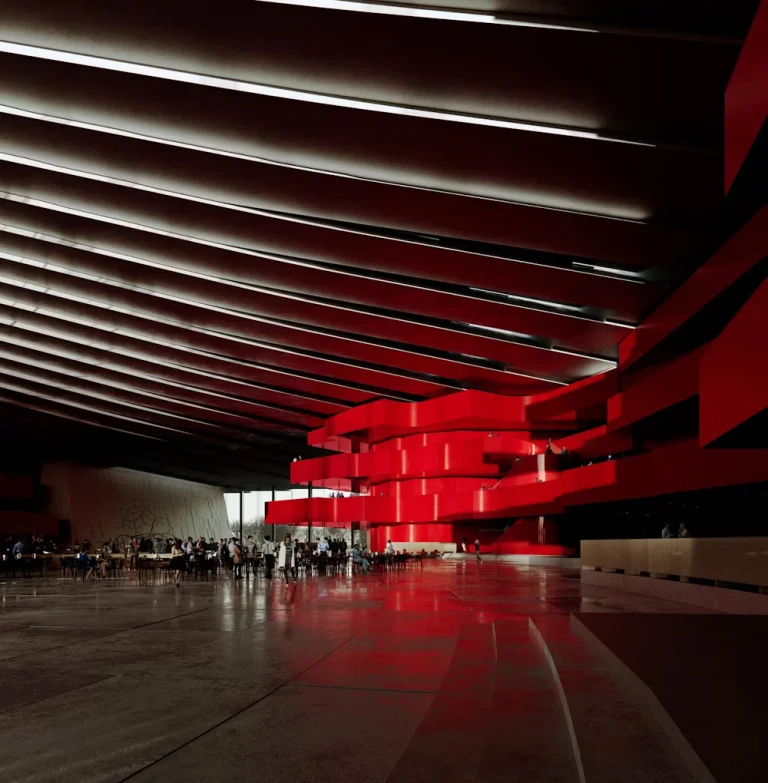
The Shanghai Grand Opera House is a product of our contextual understanding and values, designed to promote public ownership of the building for the people of Shanghai and beyond.
Kjetil Trædal Thorsen Founding Partner of Snøhetta
The project is designed to captivate a diverse group of audience offering both traditional opera performances and concerts, as well as experimental performances. The dynamics, openness, and comprehensive programs beyond performing will make the Opera House one of the major cultural landmarks in Shanghai.
Project Details:
Project: Shanghai Grand Opera House
Site location: Shanghai, China
Client: Shanghai Grand Opera House
Size: 146,786 m2
Collaborators: East China Architectural Design & Research Institute (ECADI), Theatre Projects, Nagata Acoustics, Schlaich Bergermann partner, Meiss Architecture & Engineering Office
The project description is provided by the architects.












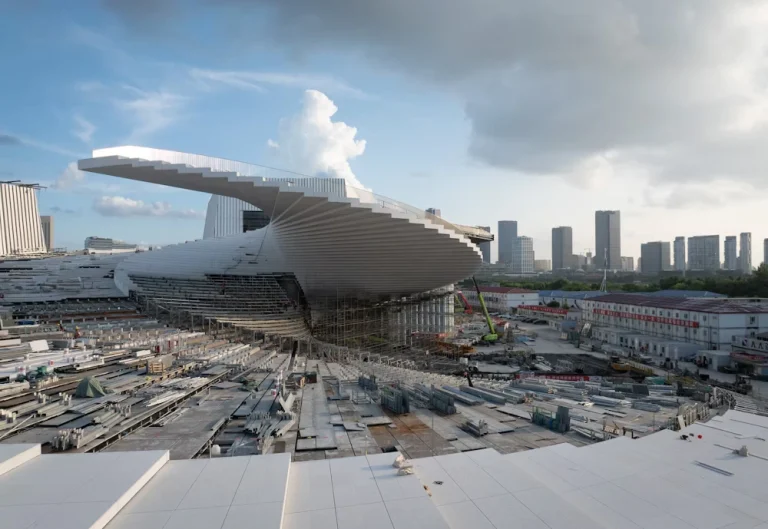
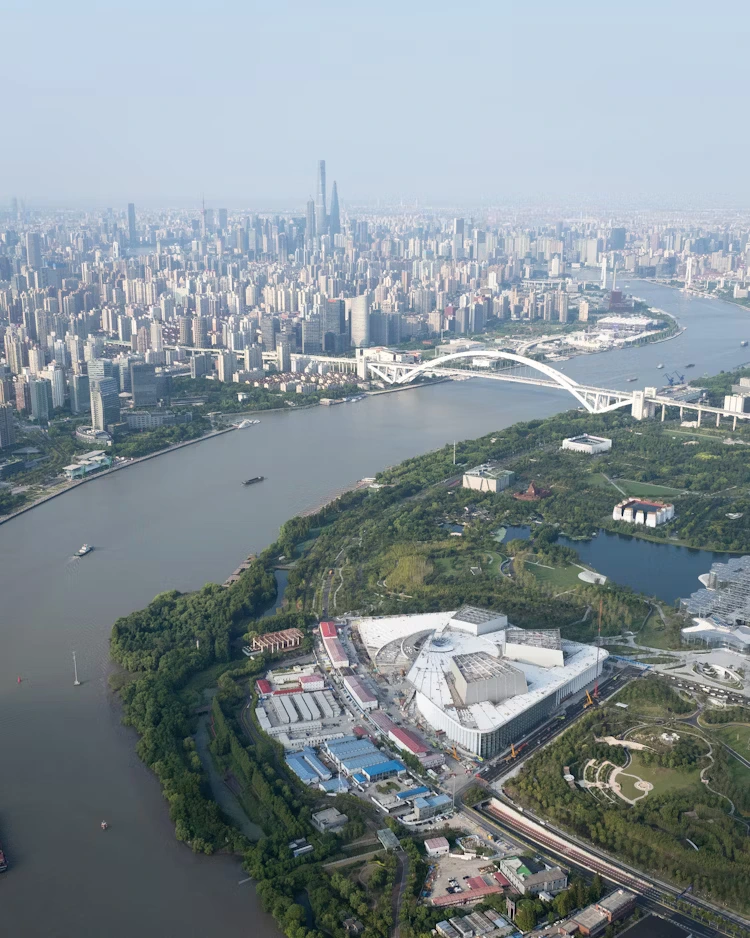














Leave a comment